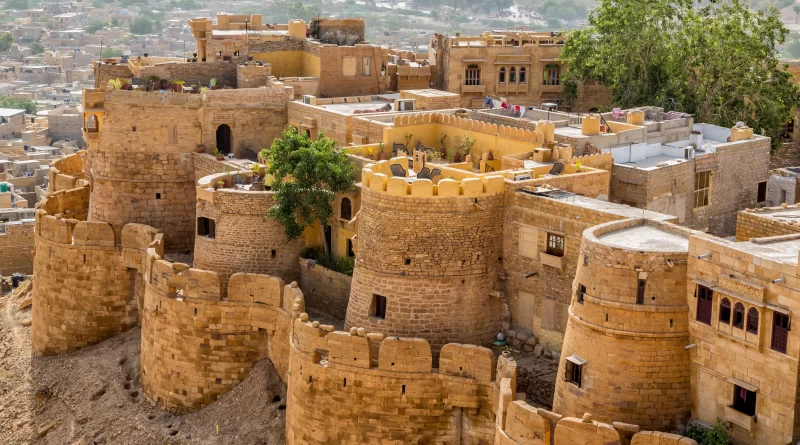Embrace the Magic: The Best Season for Golden Triangle Tour India
Golden Triangle Tour India, comprising the cities of Delhi, Agra, and Jaipur, is a treasure trove of historical, architectural, and cultural wonders. Each season brings a unique charm to this iconic route, making it a year-round destination. However, choosing the best season can enhance your experience and allow you to make the most of your journey. In this article, we explore the advantages of different seasons for planning your Golden Triangle Tours.
1. Winter Wonderland (October to March):
Advantages:
- Pleasant Weather: The winter months offer the most comfortable weather for exploring the Golden Triangle. Daytime temperatures are mild, making it ideal for outdoor sightseeing.
- Festival Season: You’ll have the opportunity to witness some of India’s most celebrated festivals during this period, including Diwali and Holi, adding cultural richness to your trip.
- Clear Skies: The skies are generally clear, ensuring excellent visibility for admiring architectural marvels like the Taj Mahal.
- Favorable for Outdoor Activities: The cooler climate is perfect for exploring historical sites, markets, and enjoying camel rides in Jaipur.
Considerations:
- Crowds: This is the peak tourist season, so expect larger crowds at popular attractions. It’s advisable to book accommodations and tickets in advance.
2. Spring Blooms (March to April):
Advantages:
- Mild Temperatures: Spring is a transitional season with pleasant temperatures, making it suitable for touring the Golden Triangle.
- Blooming Gardens: Witness the lush gardens and Mughal-inspired landscapes in full bloom, enhancing the visual appeal of the monuments.
- Cultural Experiences: Attend local fairs and festivals that often take place during spring, offering a deeper insight into regional culture.
Considerations:
- Dust and Pollen Allergies: Be prepared for higher pollen levels, which may affect those with allergies.
3. Monsoon Marvels (July to September):
Advantages:
- Lush Greenery: The monsoon season rejuvenates the landscapes, turning the region into a lush paradise.
- Fewer Tourists: This is the off-peak season, so you can enjoy attractions with fewer crowds and potentially get better deals on accommodations and tours.
- Unique Photography: The rain-washed monuments and landscapes offer a unique photography opportunity.
Considerations:
- Rainfall: Expect occasional heavy rains that might disrupt travel plans or cause flooding in some areas. Carry appropriate rain gear.
- Humidity: High humidity levels can make outdoor activities less comfortable.
4. Summer Sojourn (April to June):
Advantages:
- Off-Peak Season: This is the low tourist season, and you can enjoy significant cost savings on accommodations and tours.
- Quieter Attractions: Popular sites are less crowded, allowing for a more peaceful exploration.
Considerations:
- Heat: Summer in the Golden Triangle can be scorching, with temperatures soaring above 40°C (104°F). Outdoor activities can be challenging.
- Sun Protection: Protect yourself from the intense sun with hats, sunscreen, and adequate hydration.
Conclusion
The best season for your Golden Triangle Tour India largely depends on your preferences and tolerance for weather conditions. Winter is the most popular choice for its pleasant climate, while other seasons offer their own unique experiences. Whatever the season, the Golden Triangle promises a journey filled with history, culture, and architectural wonders that will leave you mesmerized and enriched.
